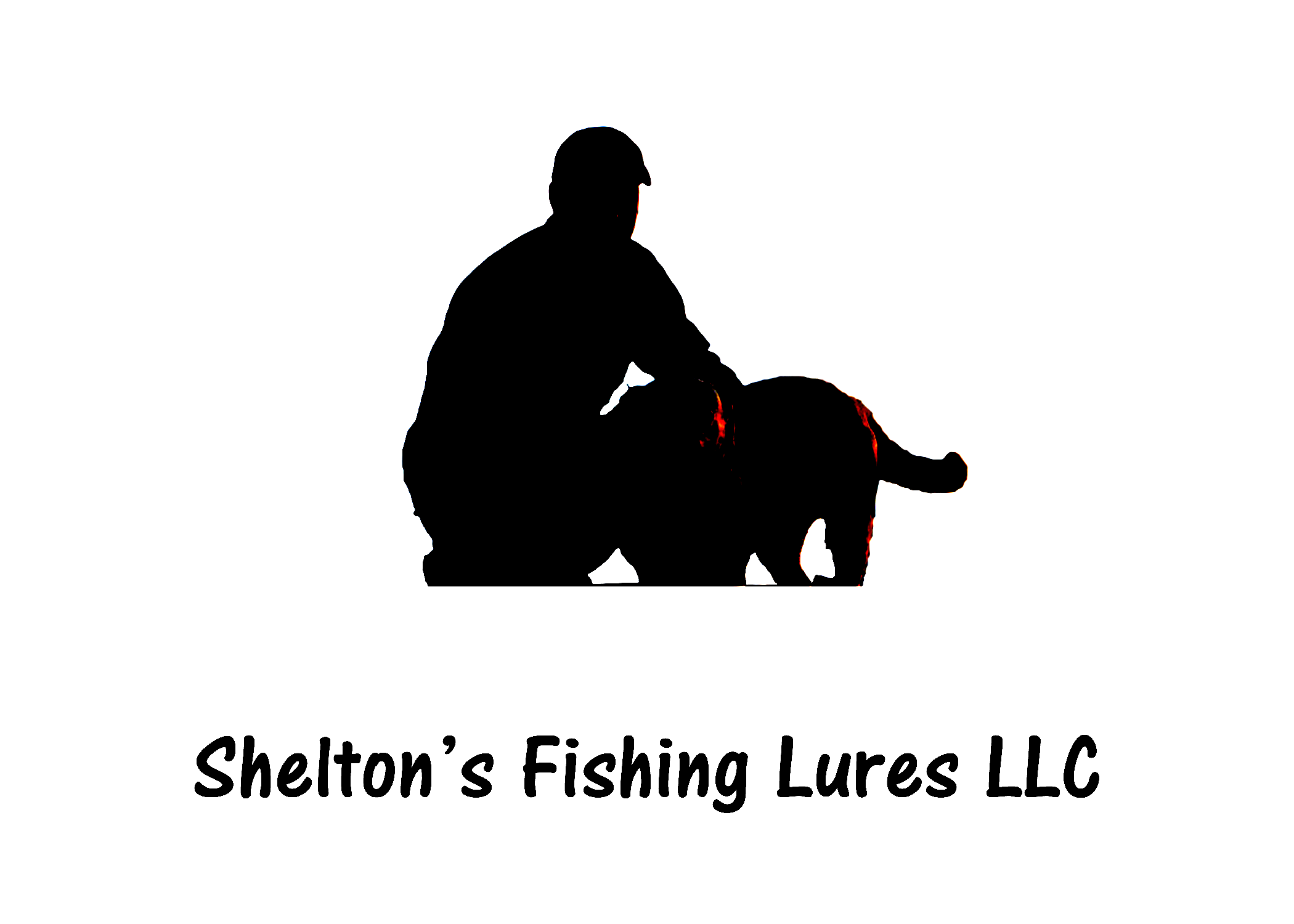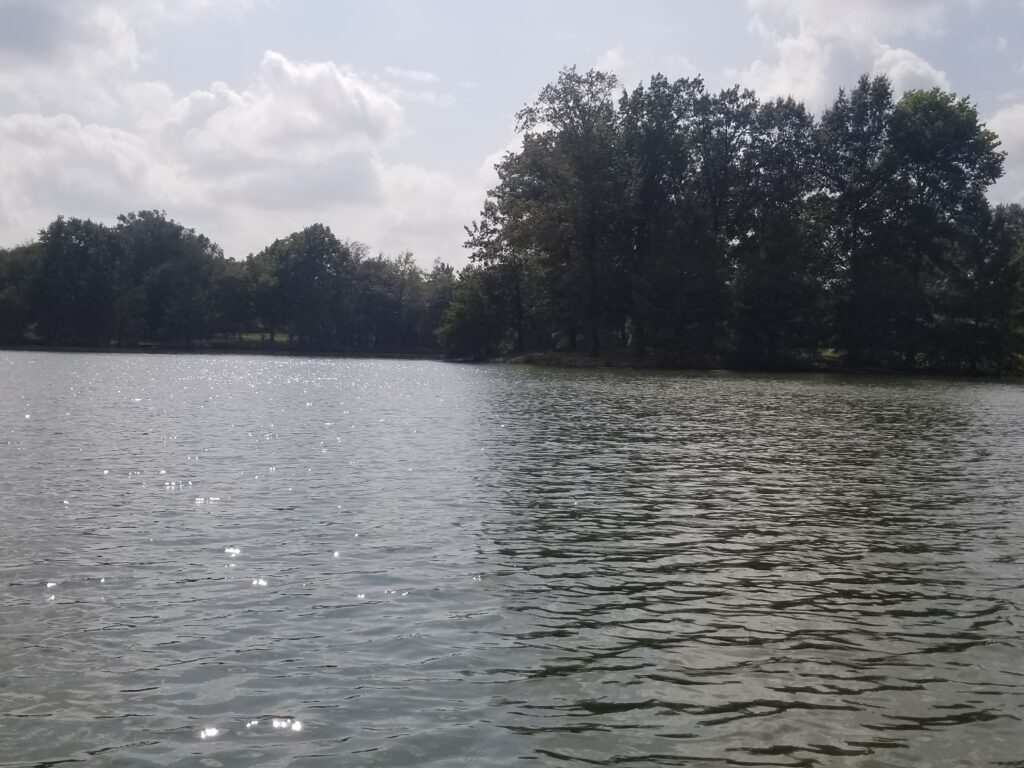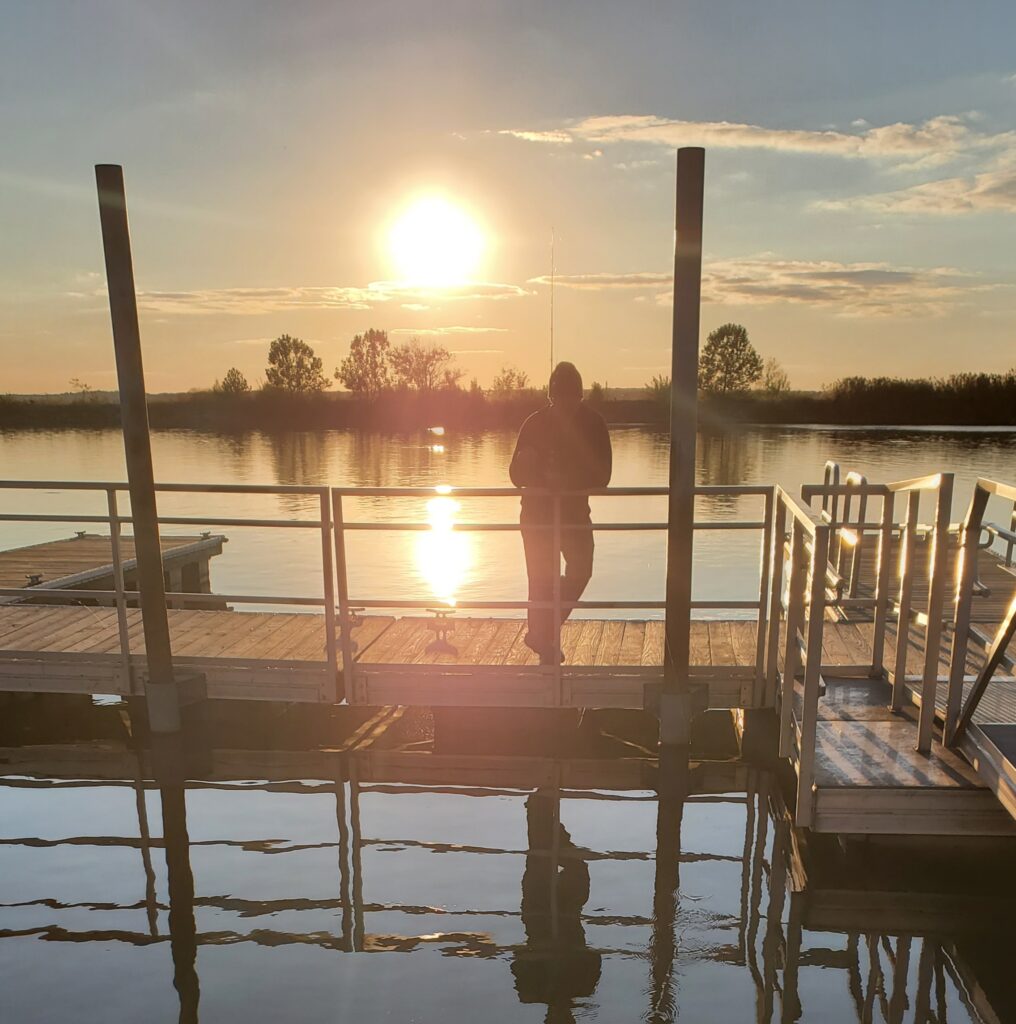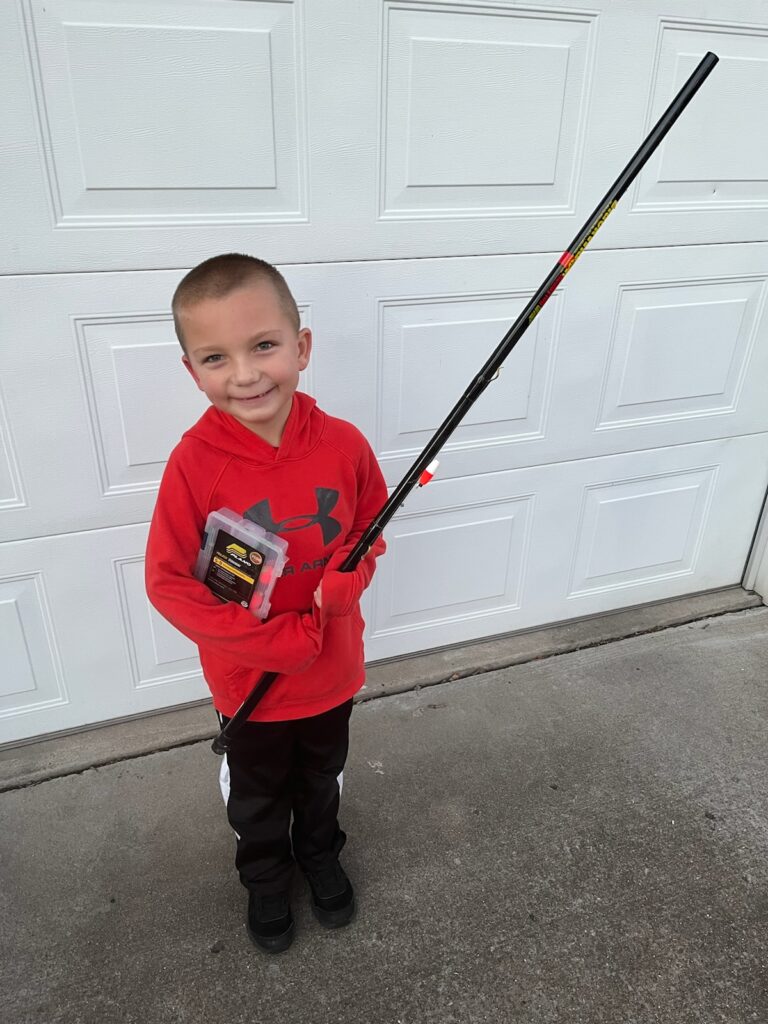Crappie
Which Coves Do Crappie Spawn In Best?
When Looking At A Map, Do You Know Which Areas Of A Lake Crappie Will Spawn?
With over thirty years of crappie fishing experience, I’ve become confident in my ability to section off areas of a lake where I believe they will be active and catchable. Today’s technologies paired with crappie migration patterns allow me to pick out a dozen or so areas to explore before I even arrive at a lake.
When it comes to the crappie spawn it becomes even easier!
First thing I do before visiting a lake is:
- Look For Online Topographic Maps
- Look At Google Maps
- Look At Air Temperatures For The Last Seven Days
- Pick The Best West Side Banks In The Best Coves
First Off, You Need To Know Where Crappie Prefer To Spawn
Crappie spawn in the same places year after year, but if you’re heading to a new lake for the first time and have no prior knowledge of it you need to understand that crappie spawn in about one to four feet of water when the clarity is deemed muddy to stained and about six to eight feet when the water is clear.
Structure is the next important thing to look for… Be on the lookout for:
- Stumps
- Buck Brush
- Weeds
- Laydowns
- Stake Beds
all of which can be seen from google earth!
Choose The Skinniest Creek Arms With The Longest Stretches With Consistent Depth
Looking vertically from your map, it’s easy to pick out the arms that extend farthest off the main lake. If the lake has a good topographic map then you can see the largest stretches of a cove in that prime two to four foot range. The farther it stretches the more crappie are likely to use the area.
Once you’ve marked a few of these areas it’s time to get on google earth and look at a surface view.
Using Google Earth To Find Crappie Spawning Spots
While this feature can’t tell you how deep the water is, it’s a great indicator of what kind of structure is waiting for you in each spot. Some coves may be pea gravel, while others could have visible stumps or trees showing!
These features have only been around a short while and are literally an eye in the sky for us, so take advantage!
Time To Check In With The Weatherman
If you’re looking to fish a new lake during the spawn, it’s a great idea to watch the weather in the area. A good rule of thumb is in April or May, once the temperature averages 65 degrees for a week then the crappie will be ripe!
There are over a half-dozen great weather apps out there that you’ll be able to monitor, and as good as they’re getting, you should know with weather outlooks about what the water temperature will be when you want to fish your desired lake!
Picking The Right Bank To Fish In A Cove
This might not be much of a factor if you’re fishing a small lake or reservoir but when you have creek arms that can stretch miles like on Lake Of The Ozarks then you better narrow things down a bit more.
My rule of thumb is always concentrating on the western banks first. The reason for this is two-fold…
Western Banks Heat Up First
Since the sun rises in the east, the western bank is going to be the first to feel the sunrays heat up the bank. That means that any structure in the water is going to absorb the heat first as well. Crappie have to have their eggs incubate at a constant temperature and the cool nights do them no favors.
Western Banks Get Less Wind
In the springtime the prevailing wind favors the south and the west so it’s usually the eastern bank getting the waves churning up against it. Crappie instinctively know this and prefer to spawn on the western side of a cove.
Conclusion
If you’re thinking about visiting a new lake to fish the crappie spawn take a few hours to do some prep work.
First look at a topo map, locating the best possible spawning banks. Afterwards get an aerial view so you’ll know which coves have the best cover. Once air temperatures are just right head out and cover the western banks. I promise it’s a much better approach then just pointing to a spot from the boat ramp saying: “Let’s go try over there”.



